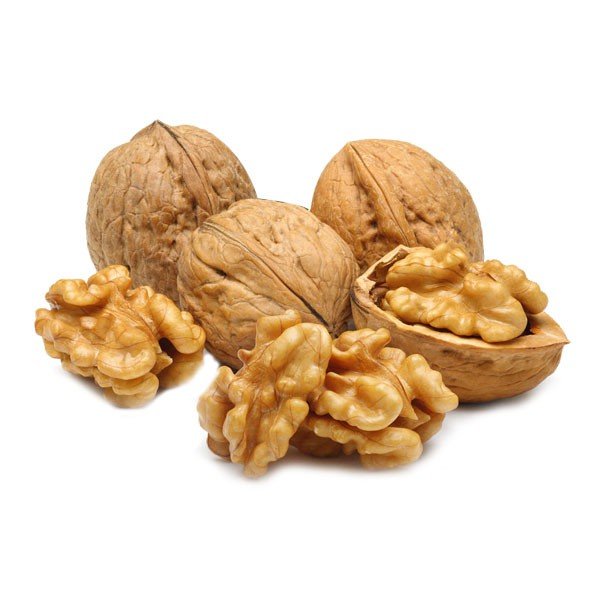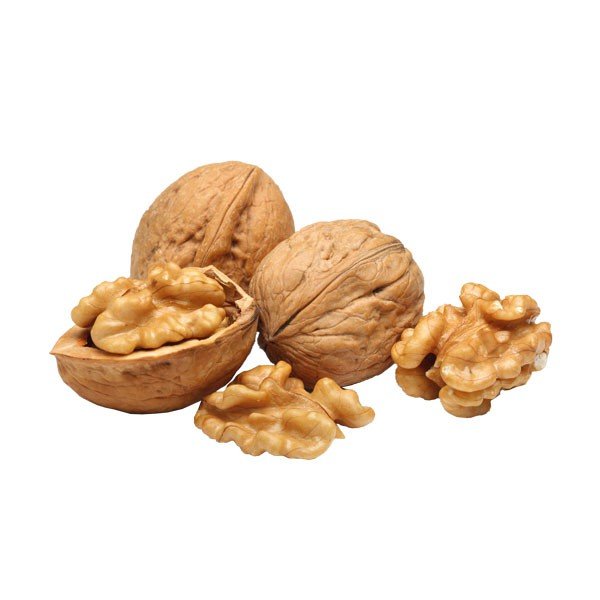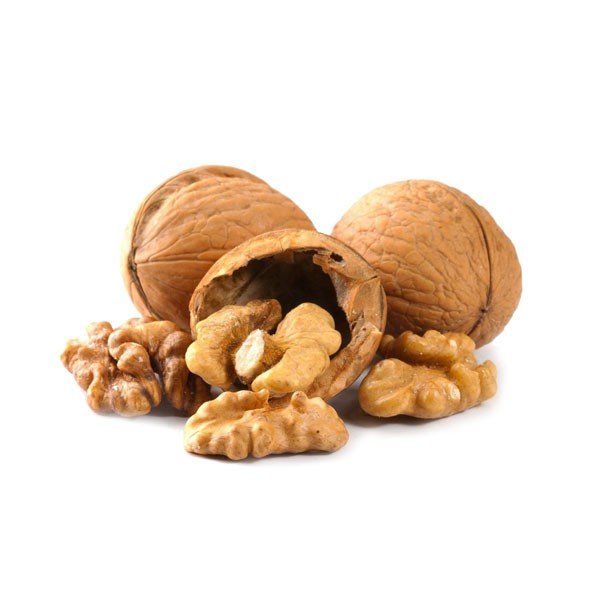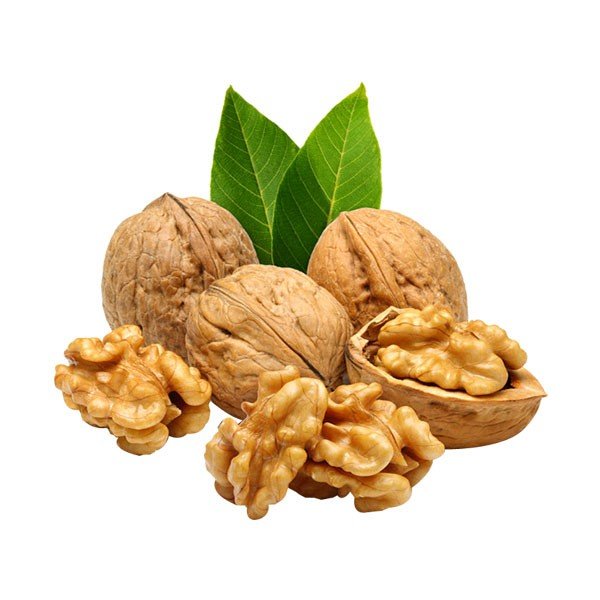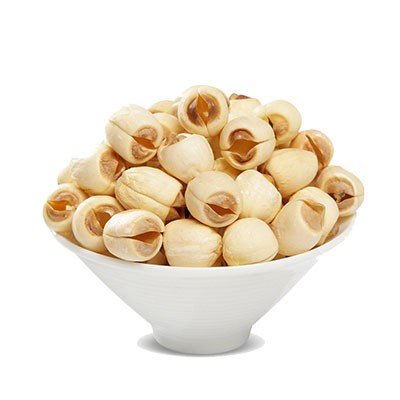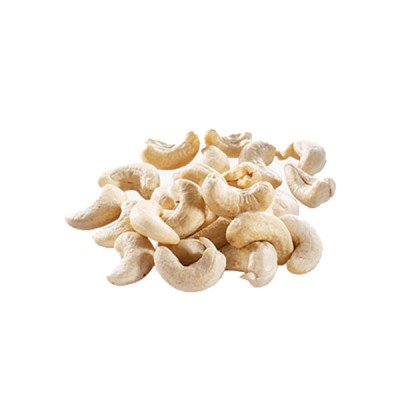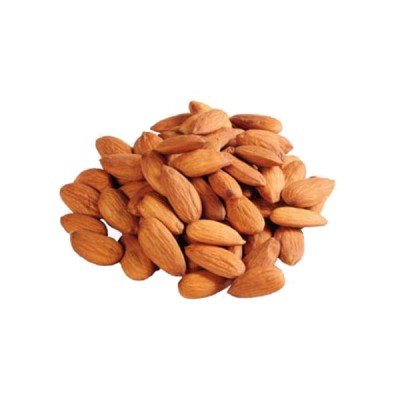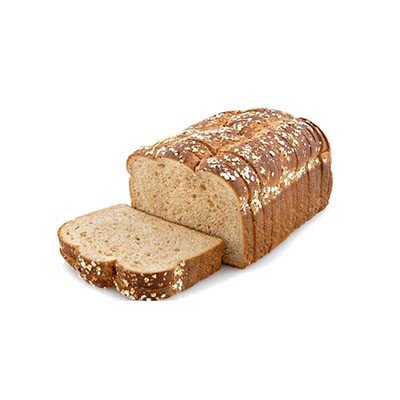Dried food products are often laden with bacterial and fungal spores.
- It has been suggested that the water activity, humidity in the environment, temperature of the product, and applied ozone concentration influence the efficacy of gaseous ozone against microbial contaminants on dry food and food ingredients.
- The surface properties of foods also influence the ozone inactivation of microorganisms in dried foods.
- Higher ozone concentration and longer treatment time were needed for cereal flour and ground pepper to achieve a comparable effect for the whole cereal and pepper.
Similarly, higher detoxification of aflatoxins was achieved in whole pistachio kernels as compared to ground pistachios upon treatment with gaseous ozone.






.png)
